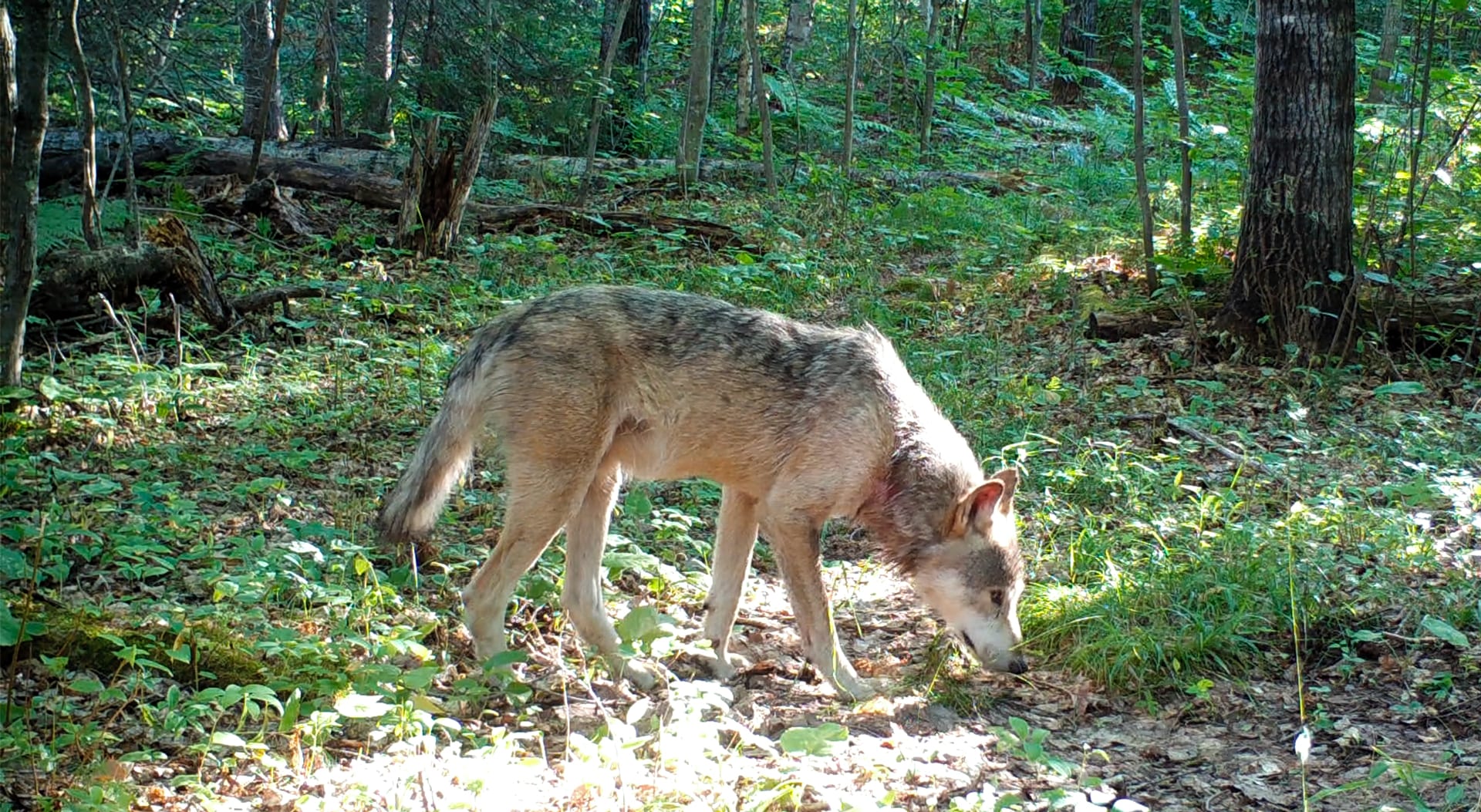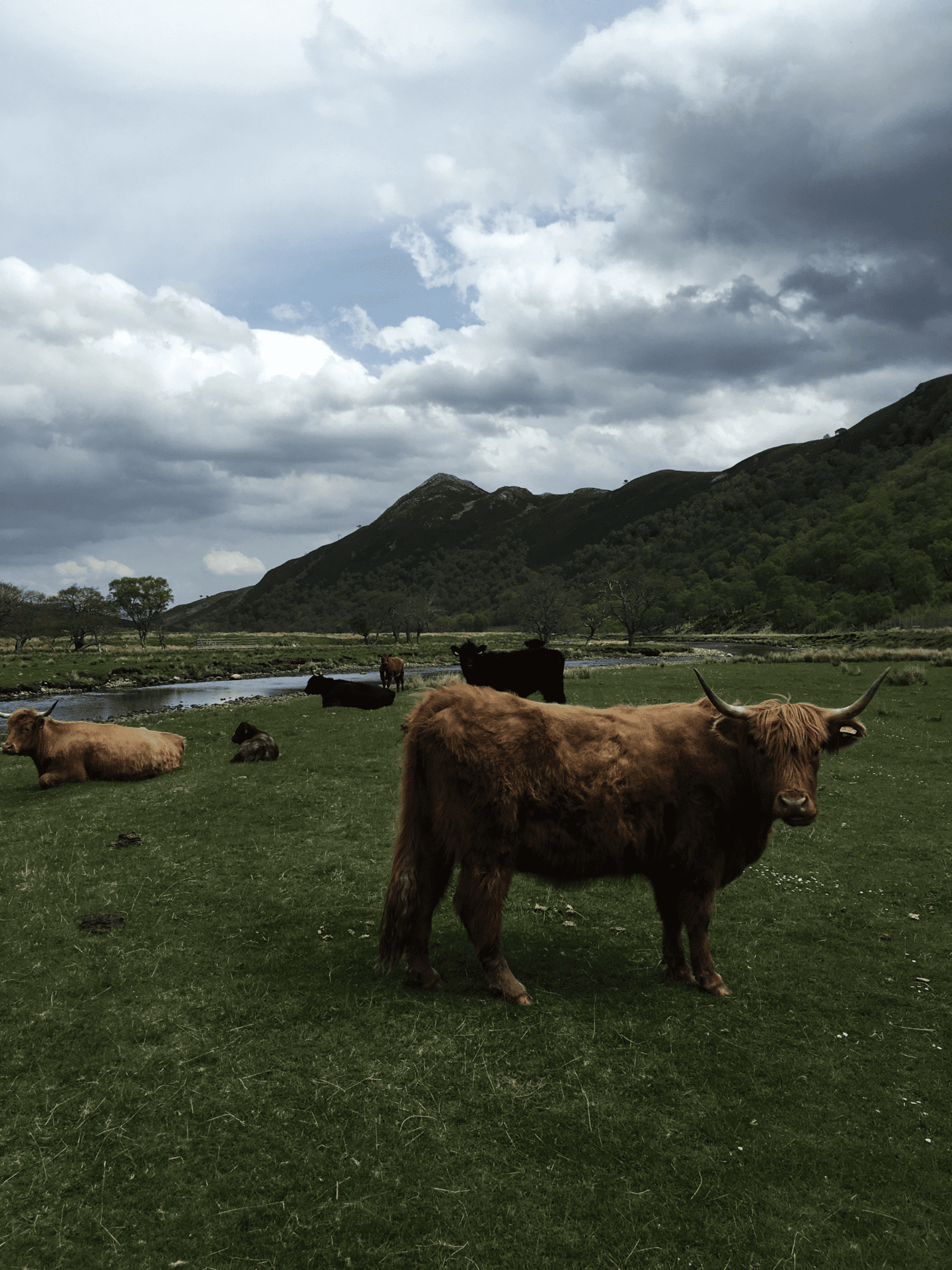Elephants for Africa (EfA) is a Botswana registered NGO committed to the conservation of the African elephant. Their main focus area is the Makgadikgadi Pans National Park in north-western Botswana. Following the resurgence of the Boteti river in 2009, this park has seen a rapid increase in its elephant population (~450 in 2003 to ~2700 in 2013) and elephants are now expanding their range westwards and southwards, increasingly moving onto and utilising the community lands bordering the park, which are home to more than 20,000 people.
Around 70% of the local community members are engaged in crop-growing, and the influx of male elephants (who are the main crop raiders) has caused the region to have among the highest reported incidences of human-elephant conflict in Botswana, with elephants posing a real threat to the security and sustainability of the communities surrounding the park.
EfA are closely working with the local communities to teach them how to stay safe around elephant and to develop mitigation strategies against elephants tailored to local conditions, thus contributing to the co-existence of humans and elephants in the region.



Supporting wolf research in the Greater Voyageurs Ecosystem in northern Minnesota…


Restoring native habitats and wildlife in the Scottish Highlands…